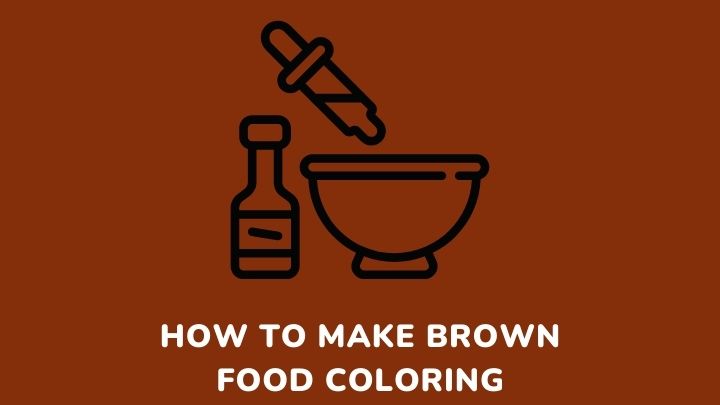Are you looking to enhance the visual appeal of your recipes, making them more enticing and appetizing? Then brown food coloring is your go-to ingredient.
Brown food coloring is a versatile ingredient that adds depth and richness to a wide range of dishes.
If you don’t have brown food color at hand or prefer not to use the store-bought kind, in this article you’ll learn how to create a homemade version of this food coloring using simple ingredients found in your kitchen.
Additionally, as you keep reading, you’ll also discover creative ideas for incorporating it into your favorite recipes.
Let’s get started!
What is brown food coloring?
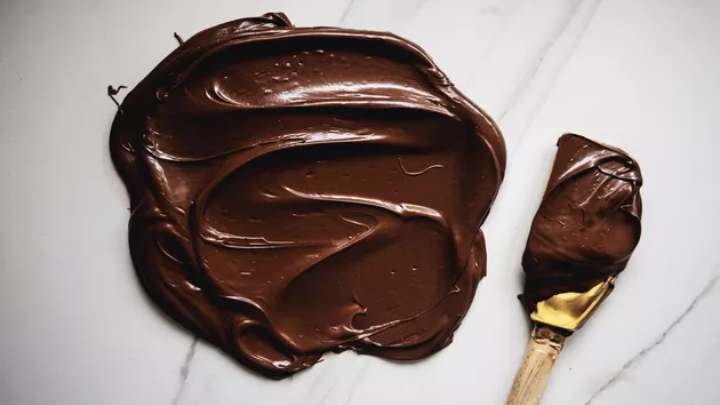
From baked goods to savory dishes like gravies and sauces, brown food color is a versatile ingredient used in various recipes.
It is a substance added to food to give it a brown color. It can be made from natural or artificial ingredients.
This food coloring helps create appetizing visuals, making dishes more appealing to eat. It can also mimic the appearance of ingredients like chocolate or caramel, even when they’re not present.
Natural brown food color is derived from ingredients like cocoa powder, coffee, or spices. These options offer a more wholesome alternative to artificial coloring agents, which may contain additives or preservatives.
However, artificial varieties can provide more intense and consistent coloration.
Common ingredients for making brown food coloring
Cocoa powder
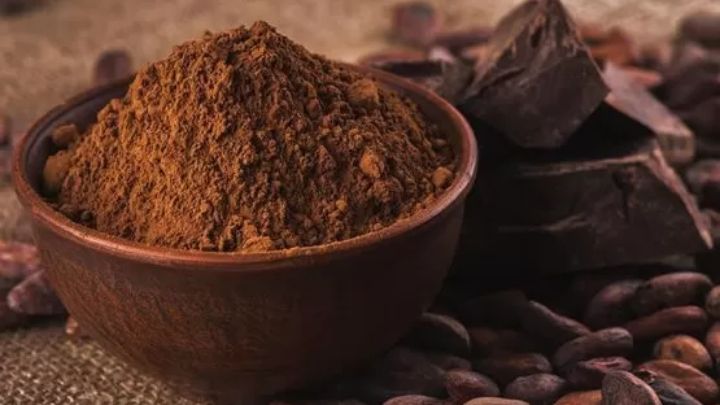
Cocoa powder is a popular choice for achieving a rich brown color. It adds depth and a hint of chocolate flavor to your recipes.
Coffee
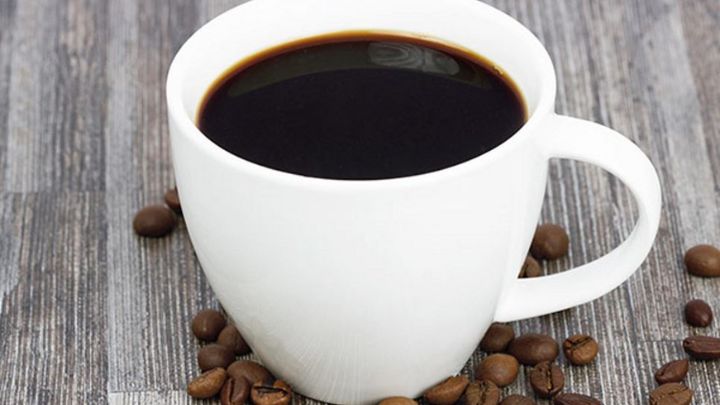
Coffee not only adds a deep brown hue but also imparts a subtle coffee flavor to your dishes. The strength of the coffee will affect the intensity of the color.
Tea
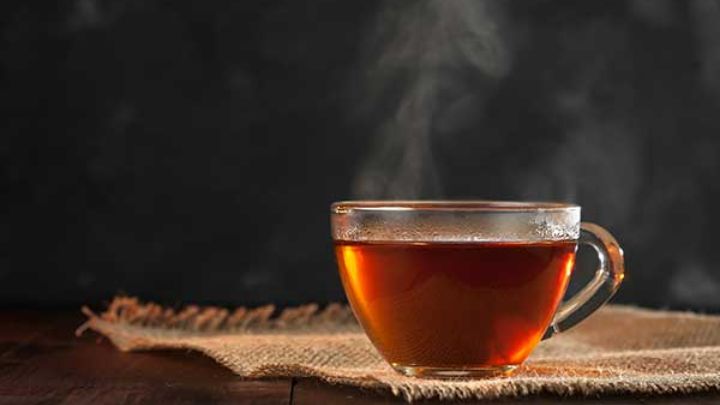
Brewed tea, especially black tea, can be used to create a light brown color. The longer you steep the tea, the darker the color will become.
Spices (e.g., cinnamon, nutmeg)
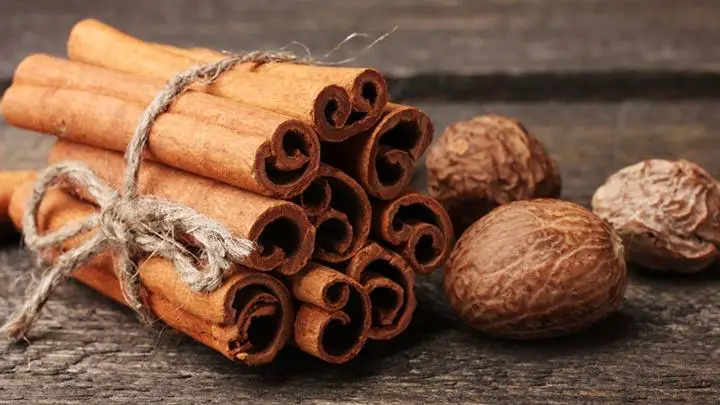
Spices like cinnamon and nutmeg not only add warmth and flavor to your dishes but also contribute to the brown coloration.
Molasses
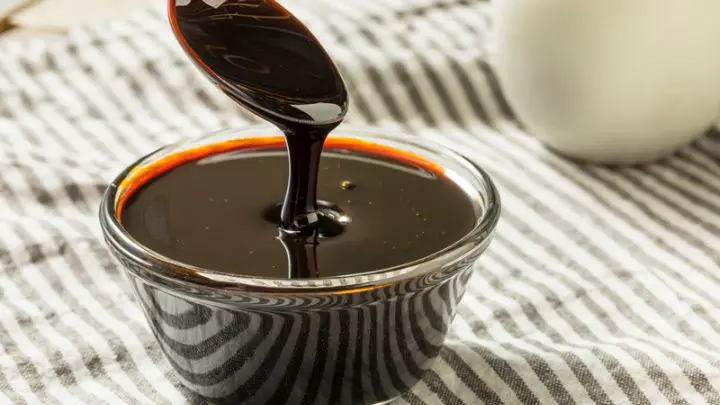
Molasses is a thick, dark syrup derived from sugar cane or sugar beet juice. It adds a deep brown color and a rich, slightly sweet flavor to dishes.
They are especially useful for creating a darker brown hue in baked goods like cookies, cakes, and bread.
How to create brown food coloring
Creating homemade brown food coloring using natural ingredients is easy and allows you to control the color and flavor of your dishes.
Here’s a simple guide to making your food coloring at home:
Using cocoa powder
Mix cocoa powder with water or a neutral-flavored liquid like almond milk until you achieve your desired consistency and shade of brown.
Using coffee
Brew a strong cup of coffee and allow it to cool. Use the brewed coffee as a coloring agent, adding it to your recipes gradually until you reach the desired color.
Using tea
Steep black tea bags in hot water for a few minutes to create a concentrated tea solution. Use the tea as a coloring agent, adjusting the amount based on the intensity of color needed.
Using spices (e.g., cinnamon, nutmeg)
Grind cinnamon or nutmeg into a fine powder and mix with water to create a paste. Strain the paste to remove any solid particles and use the liquid as a natural brown food coloring.
Flavor considerations
When using natural colorants like cocoa powder, coffee, tea, or spices, consider how their flavors will complement your recipe.
For example, cocoa powder adds a chocolatey flavor, while coffee imparts a subtle coffee taste.
Adjust the amount of colorant based on your preference for flavor intensity, ensuring it enhances rather than overwhelms the overall taste of your dish.
Factors influencing color intensity
Adjust the amount of coloring agent used. Vary the quantity of ingredients like cocoa powder, coffee, or spices to control the depth of the brown color.
Mix thoroughly. Ensure even distribution by stirring the coloring agent well with other ingredients.
Consider ingredient temperature. Some colorants may yield a darker hue when heated, so take this into account during preparation.
Tips for achieving the desired shade of brown
Add gradually
Incorporate small amounts of the coloring agent at a time, mixing thoroughly between additions, until you achieve the perfect shade.
Dilute if necessary
If the color is too dark, lighten it by adding water or a neutral liquid like almond milk.
Experiment with combinations
Feel free to mix and match different coloring agents to create unique shades of brown.
Test before using
Conduct a small trial to see how the coloring agent affects the color before incorporating it into your recipe.
Creative ways to use brown food coloring
Frostings and icings

Add brown food coloring to frosting or icing for cakes, cupcakes, and cookies to achieve rich, chocolatey hues. This enhances the dessert’s appearance and makes it more enticing.
Batters and doughs
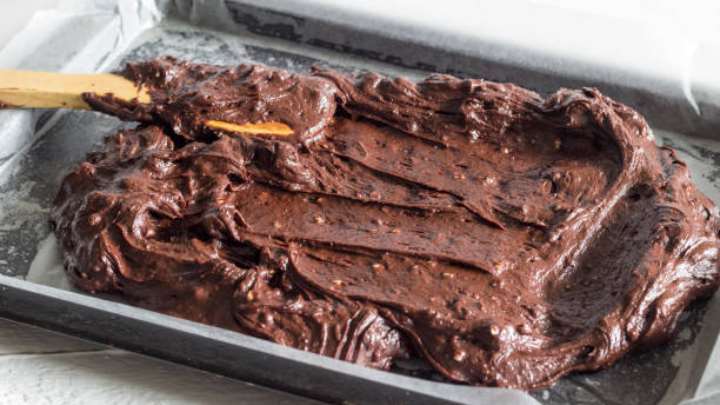
Incorporate brown food coloring into batters and doughs for baked goods like brownies, pancakes, and bread. It adds a warm, inviting color to the finished product.
Sauces and gravies
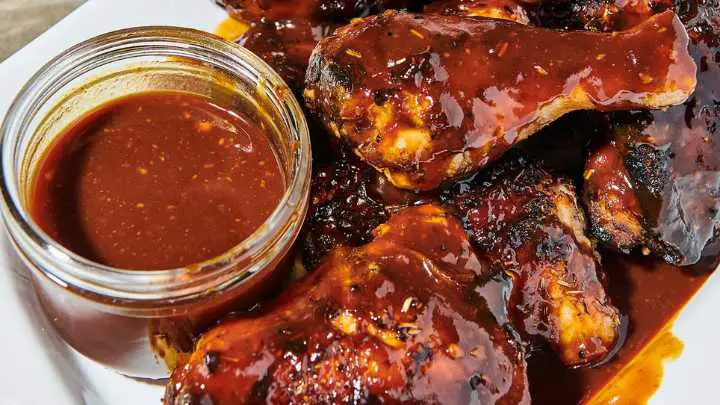
Use brown food coloring to deepen the color of sauces and gravies, such as barbecue sauce, gravy for mashed potatoes, or teriyaki glaze. It enhances the savory flavor and makes the dish more visually appealing.
Smoothies and drinks

Mix brown food coloring into smoothies, milkshakes, or cocktails for an extra pop of color. It adds visual interest and can make the drink look more indulgent.
Savory dishes
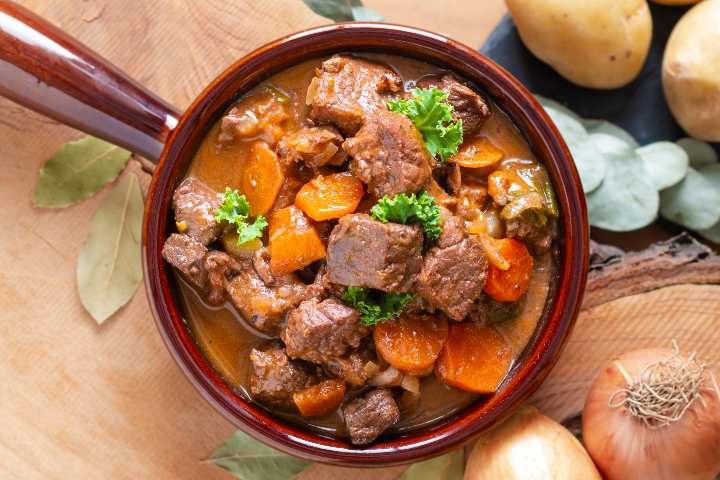
Incorporate brown food coloring into savory dishes like stews, soups, and casseroles to deepen the color and make them more appetizing. It can mimic the appearance of ingredients like caramelized onions or roasted meats.
Different shades of brown food coloring
Dark brown (chocolate)

Use in chocolate frosting for decadent brownies or chocolate cake, creating a rich and indulgent dessert.
Medium brown (caramel)

Add caramel sauce for drizzling over desserts like ice cream or apple pie, enhancing their sweetness and visual appeal.
Light brown (hazelnut)

Mix into pancake batter for hazelnut-flavored pancakes, perfect for a cozy breakfast or brunch treat.
Golden brown (coffee)
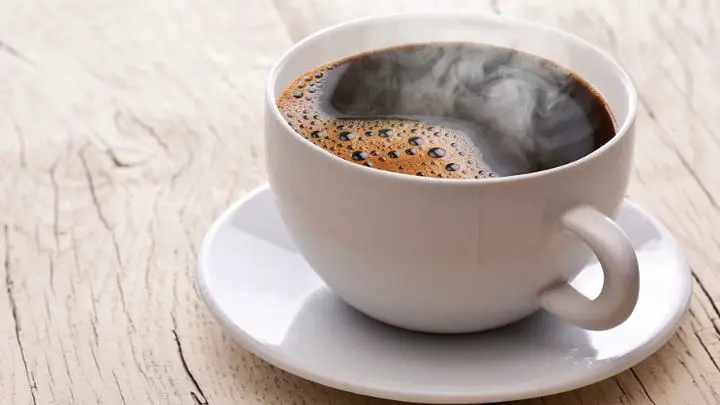
Incorporate into barbecue sauce for coffee-infused ribs, adding depth of flavor and a beautiful glaze.
Warm brown (cinnamon)

Use in oatmeal cookie dough for cinnamon-spiced cookies, creating a comforting and aromatic treat.
Potential health effects of artificial food coloring
Artificial food coloring has been linked to various health concerns, including hyperactivity, allergies, and behavioral issues, particularly in children.
Some studies suggest a potential association between artificial food coloring and long-term health risks such as cancer and neurodevelopmental disorders.
Certain artificial food colors may contain additives and preservatives that could have adverse effects on health, especially for individuals with sensitivities or allergies.
Precautions when using brown food coloring
Avoid overuse
While brown food coloring can enhance the appearance of dishes, using it in excess may lead to an unappetizing or unnatural color.
Be mindful of staining
Brown food coloring has the potential to stain surfaces, utensils, and clothing, so handle it with care during preparation and cleanup.
Consider taste impact
Natural coloring agents like cocoa powder or coffee may add flavor to your dishes, which could complement or detract from the overall taste. Adjust the amount used accordingly.
Helpful ways to avoid artificial colors
Embrace natural alternatives
Explore the wide range of natural food coloring options available, such as cocoa powder, coffee, tea, spices like cinnamon or nutmeg, and fruits and vegetables like beetroot or carrot.
Experiment with homemade options
Get creative in the kitchen by making your food coloring from natural ingredients, such as boiling spinach for green coloring or simmering turmeric for yellow.
Check labels carefully
When purchasing pre-packaged foods or ingredients, read the labels to identify products that contain natural coloring agents rather than artificial additives.
Consider colorless alternatives
In some recipes, you may be able to omit food coloring altogether or use colorless alternatives like clear vanilla extract or uncolored gelatin.
FAQs
Will adding too much brown food coloring change the taste of my recipe?
Adding too much food coloring, especially if using natural ingredients like cocoa powder or coffee, can affect the taste of your dish. It’s best to start with a small amount and adjust as needed.
How can you prevent brown food coloring from staining your hands or utensils?
To prevent staining, handle brown food coloring carefully and clean up any spills immediately. Wearing gloves while handling can also help minimize staining.
Can you mix different natural ingredients to create custom shades of brown?
Yes, experimenting with combinations of natural ingredients like cocoa powder, coffee, and spices can help you achieve unique shades of brown to suit your recipe.
Are there any health concerns associated with brown food coloring?
While natural brown food coloring options are generally safe, artificial food coloring may have potential health risks, especially for those with sensitivities or allergies. It’s always best to opt for natural alternatives when possible.
Conclusion
Whether you’re baking a batch of chocolate chip cookies or crafting a stunning cake for a special occasion, knowing how to create your brown food coloring allows you to tailor the color and flavor of your dishes to perfection.
By understanding the different ingredients and techniques involved, you can achieve the perfect shade of brown to enhance the visual appeal of your culinary creations.
Remember to consider factors like taste impact, staining potential, and health considerations when using brown food coloring.
Opting for natural alternatives not only ensures safer consumption but also adds depth and richness to your dishes in a wholesome way.
You can also learn how to make black food coloring for your various baking.
Thanks for reading!
